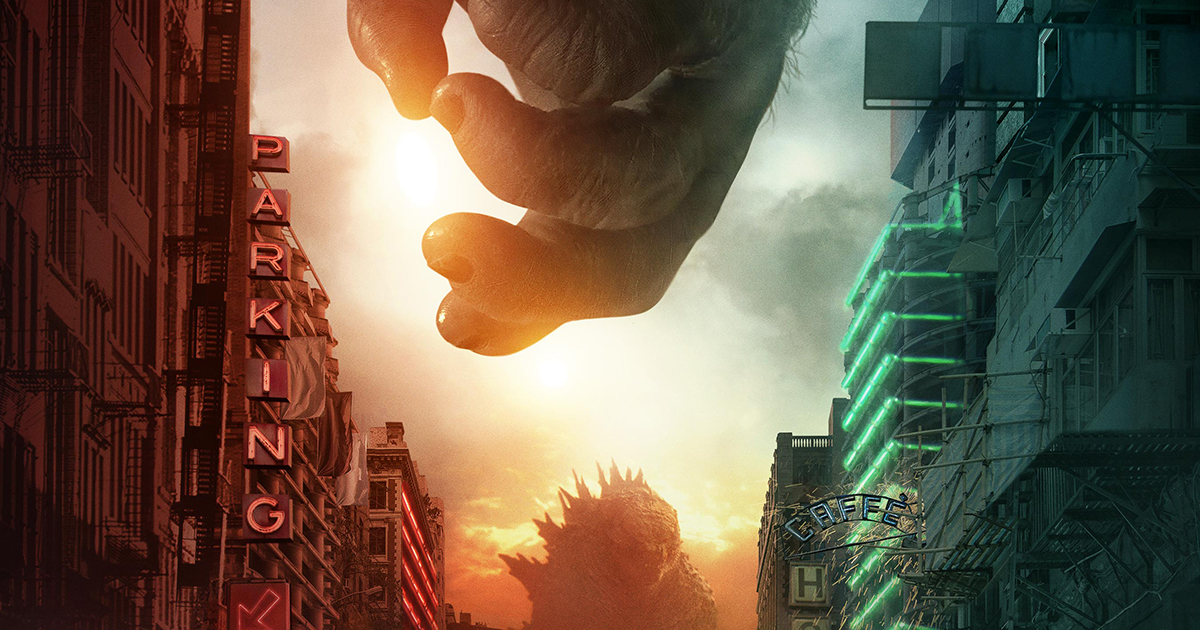
Quibi was an anomaly. The mobile-first SVOD launched and crashed in the blink of an eye but every other major league streamer is steaming ahead. There’s more than enough growth in the market to keep them all increasing their subscriber count — for the time being — but at the cost of three significant and legacy parts of the M&E biz.
Rather than fighting off rivals in the so-called #Streamingwars, SVODs are cannibalizing pay-TV at a rate that will see SVOD subs nearly double from 650 million worldwide at the end of 2020 to 1.25 billion by the end of 2024.
The forecast, from Lightshed Partners, comes with significant health warnings.
“The reality is that as each [SVOD] service has launched, it has accelerated the consumer transition from linear TV to streaming TV rather than cannibalizing each other,” its new report states.
Look no further than the results in the past year from Netflix, Disney+ and HBO Max all of which have seen subscriber levels increase. Netflix added an annual record 37 million new subs. Hulu has added roughly nine million new subs since being included in the Disney bundle. AT&T said it now expects global subscribers of between 120 million and 150 million for HBO Max and HBO by the end of 2025. Back in October 2019, the company set a goal of hitting 50 million U.S. subscribers by 2025.
CHARTING THE GLOBAL MARKETPLACE:
Big content spends, tapping emerging markets, and automated versioning: these are just a few of the strategies OTT companies are turning to in the fight for dominance in the global marketplace. Stay on top of the business trends and learn about the challenges streamers face with these hand-curated articles from the NAB Amplify archives:
- How To Secure the Next Billion+ Subscribers
- Think Globally: SVOD Success Means More Content, Foreign Content and Automated Versioning
- How Does OTT Gain Global Reach? Here’s Where to Start.
- Governments Draw Battlelines To Curb the US Domination of SVOD
- Streaming Content: I Do Not Think You Know What That Word Means
With linear TV viewing already down sharply from where it was even 5 years ago, viewership will take an even more dramatic dive over the next several years. To make matters much worse, even sports are now migrating to streaming. Thursday Night Football is moving from Fox to Amazon Prime in 2023 in a 10-year exclusive deal.
This is striking fatal blows to the TV ad market. “An optimist could say that while legacy media will have more intense digital advertising competition, they can target ads far more effectively,” say the report’s authors. “We suspect this will never happen, as the amount of data legacy media has relative to their digital native peers (not to mention knowing how to utilize that data), means their level of ad targeting/ROI will never be competitive to companies such as Google and Facebook.”
The second group of losers identified by Lightshed are the MVPDs and virtual MVPDs. Cord cutting is going to continue and drastically undermine the pay business as content shifts inexorably online.
“Most of the major legacy media companies, make far more from the legacy multichannel bundle than from streaming subscribers. When you then factor in customer acquisition cost, incremental programming spend and technology investments along with far higher churn (given the lack of friction to cancelling), the economics of streaming are dramatically worse unless they can get to truly ‘global’ scale.”
Writing on the Wall for Cinema
Then there’s theatrical exhibition which is likely to be squeezed to a niche, per LightShed, as legacy media companies like Disney attempt to reach their long-term newly found digital first subscriber goals.
The analyst suspects that studios will be forced to make SVOD the second window after a short theatrical window versus the historic sequencing of theatrical, then home entertainment and then SVOD.
Paramount has already indicated this is their plan for late 2021 into 2022 for Paramount+ and Lightshed suspect this is where Warner Bros. is headed with HBO Max for 2022 (perhaps with some films remaining day-and-date).
“While Hollywood studios are all still publicly talking about the ‘importance’ of maintaining an exclusive theatrical window, the writing is on the wall,” it states. “Theatrical windows have been shattered by COVID-19 and the need to attain subscriber growth for SVOD will force studios to further collapse the sequential release windows to the detriment of movie theaters.”
Perhaps the bigger bloodshed will come post 2024/25 when, if all the forecast of earnings and subscriber targets are met, pay-TV could have yielded entirely to the streamers. In that case, growth will only come from eating each other. Like the rat-eat-rat world of Skyfall, then let the #streamingwars commence.




